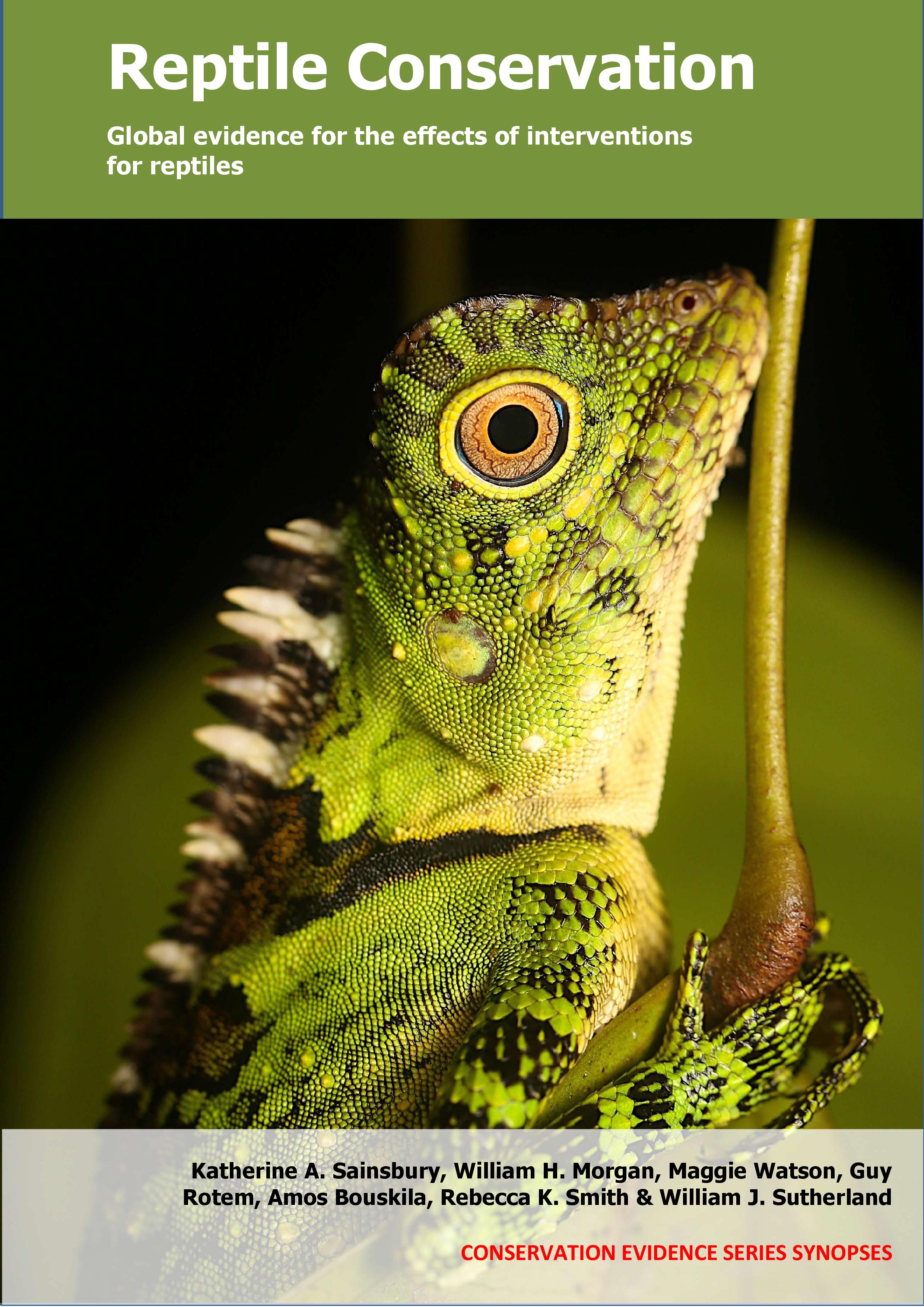Use irrigation systems
-
Overall effectiveness category Awaiting assessment
-
Number of studies: 2
View assessment score
Hide assessment score
How is the evidence assessed?
-
Effectiveness
not assessed -
Certainty
not assessed -
Harms
not assessed
Study locations
Supporting evidence from individual studies
A replicated, controlled study in 2003–2008 in a desert scrub site in California, USA (Nagy et al. 2015) found that irrigating the enclosures of Agassiz’s desert tortoises Gopherus agassizii during a head-starting programme resulted in similar hatching success and juvenile survival but higher growth rate compared to tortoises with no supplementary water. Tortoises in irrigated and non-irrigated enclosures had similar hatching success (irrigated: 67% across 5 nests; non-irrigated: 77% across 7 nests) and juvenile survival (90% of 15 tortoises). Growth rate was higher in the first year in irrigated enclosures (15% increase/year) than in non-irrigated enclosures (4% increase/year). For tortoises hatched in 2003, those from irrigated enclosures were larger than those from non-irrigated enclosures after four years (irrigated: 81 cm; non-irrigated: 55 cm; 3 from each treatment; data from other years not provided). Enclosures were constructed in a natural habitat setting, of which six were irrigated (25–38 mm of water delivered through a sprinkler system three times in late winter-spring) and nine received only natural rain. Wild, adult females (number not given) were brought into the pens to lay eggs before being re-released. Hatching success was determined by counting hatchlings and un-hatched eggs, and hatchlings were marked, measured and re-measured after a year.
Study and other actions testedA replicated, controlled, paired study (year not given) on a sandy beach in Florida, USA (Erb et al. 2018) found that watering loggerhead turtle Caretta caretta nests lead to larger hatchlings that grew more in captivity over 10 weeks in one of three measures compared to hatchlings from un-watered nests. Hatchlings from watered nests had higher mass (watered: 17 g; un-watered: 16 g), straight carapace length (watered: 42 mm; un-watered: 40 mm) and straight carapace width (watered: 33 mm; un-watered: 32 mm) compared to those from un-watered nests. Growth in straight carapace width over 10 weeks was higher for hatchlings from watered compared to un-watered nests (watered: 65 mm; un-watered 62 mm after 10 weeks), though there was no significant difference in growth in mass (watered: 89 mm; not watered: 79 mm after 10 weeks) and straight carapace length (watered: 76 mm; not watered: 72 mm after 10 weeks). In one nesting season, eggs from 10 nests were divided in half and reburied 1 m apart (10 pairs of nests, buried 60 cm deep). One received 45 minutes of daily watering, while the other received no additional watering. Hatchlings (67 from watered, 55 from un-watered nests) were transferred to tanks supplied with fresh seawater, and measurements of mass, straight carapace length and width were taken weekly for 10 weeks.
Study and other actions tested
Where has this evidence come from?
List of journals searched by synopsis
All the journals searched for all synopses
This Action forms part of the Action Synopsis:
Reptile Conservation
Reptile Conservation - Published 2021
Reptile synopsis





)_2023.JPG)














